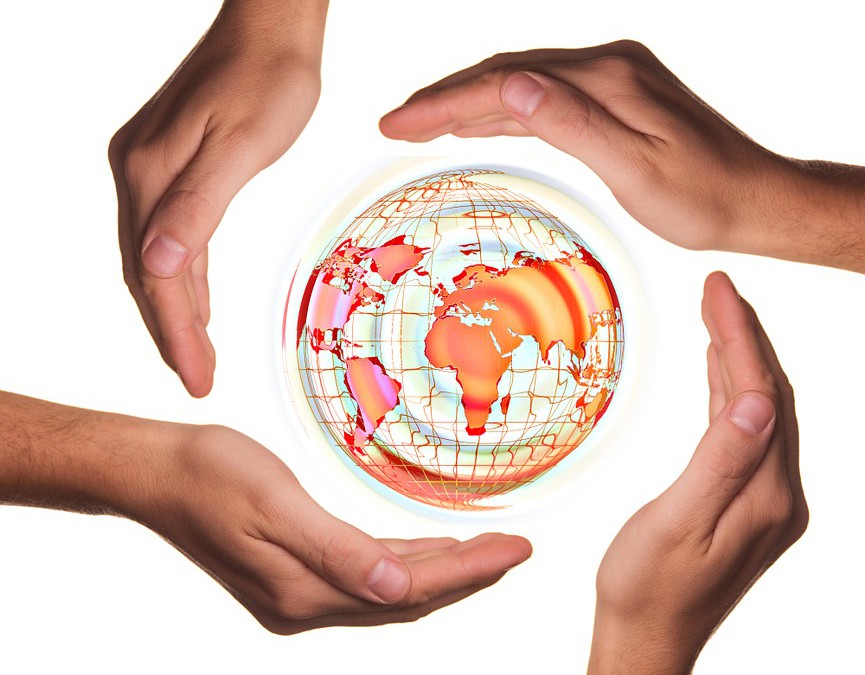The Big Mac index began in 1986 with The Economist. According to them, it was a “lighthearted guide” to whether currencies are at their “correct” level. It was a fun way to make explaining exchange rate theory more accessible and understandable. So why does The Economist not only still have the Big Mac Index on their website, but are constantly retooling it to be more accurate 20 years later? How did it end up in textbooks and curriculum for students?
The basic idea behind the Big Mac index is that almost anywhere you go in the world, you can find a McDonald’s. McDonald’s is one of the most efficient companies in the world at producing consistency. A Big Mac will have the same weight and the same ingredients anywhere you go in the world. It will be created and cooked by identical equipment, in similar real estate, and produced and sold by people of relatively equal backgrounds. From The Economist: “It is based on the theory of purchasing-power parity (PPP), the notion that in the long run exchange rates should move towards the rate that would equalize the prices of an identical basket of goods and services (in this case, a burger) in any two countries.”
Theoretically, if everything costs more or less the same, then the Big Mac should more or less cost the same all over the world. But right now, the average price in the United States for a Big Mac is $4.93 US dollars, while in Russia it costs the equivalent of $1.53 US dollars. Why the disparity?
However, there are some flaws to this system. For example the meat you buy in Russia may be significantly cheaper in Russia then, say, Switzerland, where the price of a Big Mac in dollars is $6.44. So there is some disparity in the cost of materials. Also when they started the index did not adjust for the fact that labor in poorer countries cost much less than labor costs in rich countries. They adjusted that by factoring in the GDP per person (The Gross Domestic Product of a country, divided by the number of people in that country.) You also have to take into consideration the fact that the same burger can mean different things to different countries. To some it can represent a desirable, affluent, Western lifestyle, whereas to other parts of the world it can be a standard of ill-advised unhealthy food, or even food for the poor. There was also speculation some years ago about Argentina artificially standardizing/adjusting the price of the Big Mac in order to appear more favorably on the Big Mac index after it became known worldwide.
But even taking into account discrepancies and flaws, and questions like ”are there fewer McDonald’s in Switzerland thus making the product scarcer?” there is not an overall explanation for why it would cost fourfold to buy a Swiss Big Mac. And what that price disparity tells us is that the Swiss franc is globally overvalued by the international currency market. The currency markets don’t put faith in Russia, being politically and economically unstable, so the Russian ruble just isn’t valued as highly as other currency.
While the simplicity of the index can make it difficult to take seriously, it is that same simplicity that makes it easily understood by consumers and students worldwide, which is what has given this index the longevity that it has.
